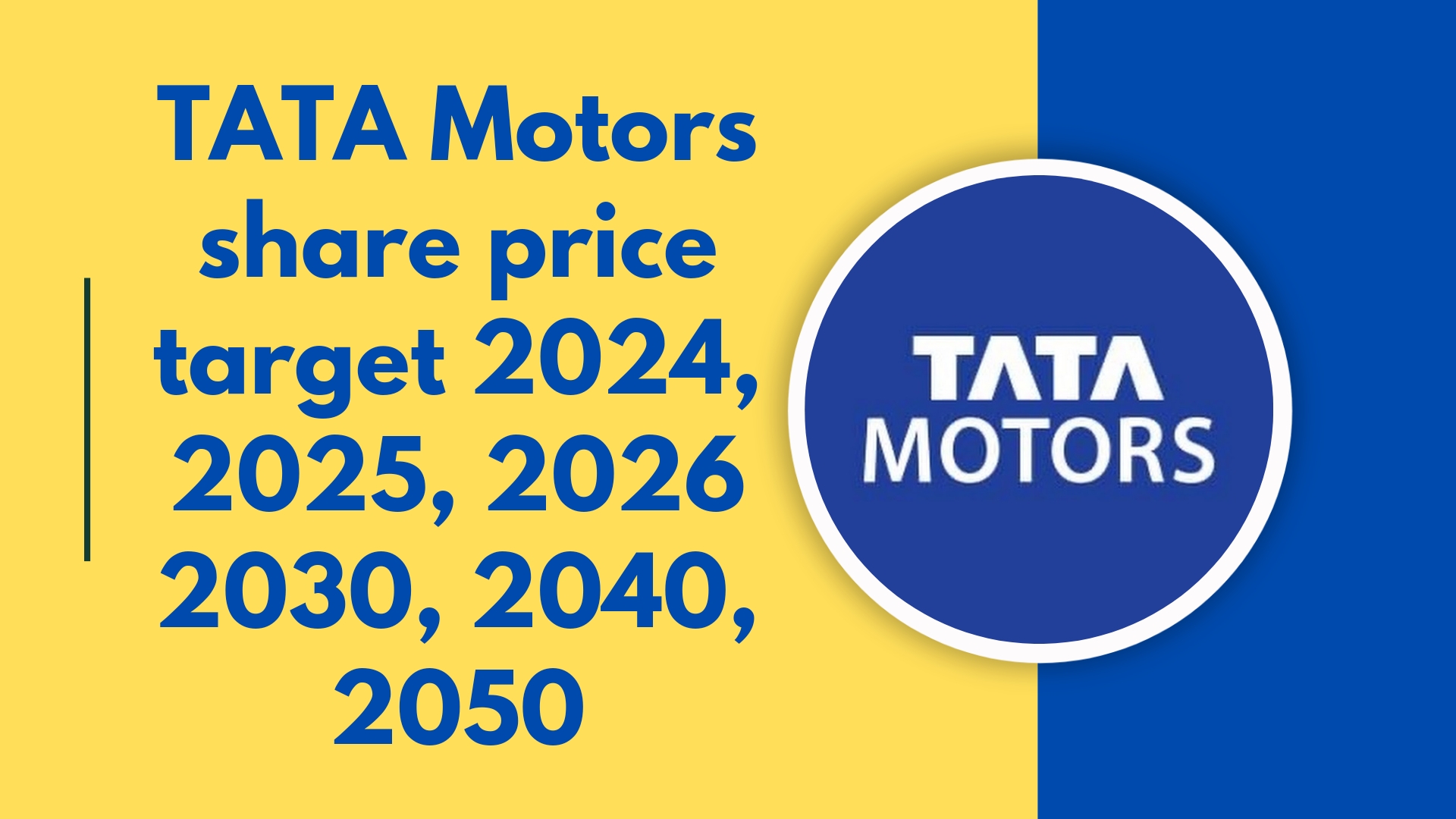Tata Motors Share Price Target: Insights for 2024 to 2050
As an iconic player in the Indian automotive sector, Tata Motors has shown significant resilience and adaptability in a rapidly evolving market. Investors often look to the future to gauge potential share price movements. In this blog, we’ll explore potential share price targets for Tata Motors from 2024 to 2050, considering various factors that could influence its trajectory.

Understanding Tata Motors
Founded in 1945, Tata Motors is a part of the Tata Group and operates in over 150 countries. With a diverse product range that includes passenger vehicles, commercial vehicles, and electric vehicles (EVs), Tata Motors is positioned well to benefit from global automotive trends, particularly the shift towards sustainable transportation.
Key Factors Influencing Share Price
- Electric Vehicle Market Growth: The global push towards EVs is a significant driver for Tata Motors. The company has invested heavily in developing electric models, such as the Tata Nexon EV and Tata Tiago EV.
- Government Policies: Incentives and policies promoting electric vehicles and manufacturing can enhance Tata Motors’ profitability and growth potential.
- Global Supply Chain Dynamics: The ongoing challenges in global supply chains, especially post-pandemic, will affect production costs and timelines.
- Economic Conditions: Economic growth in India and other markets where Tata Motors operates will influence sales. A robust economy typically leads to increased vehicle sales.
- Technological Advancements: Innovations in manufacturing processes, automation, and connectivity in vehicles can give Tata Motors a competitive edge.
Price Target Projections

2024: Short-Term Outlook
Price Target: ₹830 – ₹1050
In the short term, as Tata Motors continues to expand its EV lineup and strengthen its market presence, we can expect the stock to be in the ₹830 – ₹1050 range, driven by improving sales figures and investor sentiment.
2025: Medium-Term Forecast
Price Target: ₹1060 – ₹1090
By 2025, if Tata Motors successfully capitalizes on the EV market and maintains a strong sales trajectory, the stock could reach ₹1060 – ₹1090. Continued government support and improved profitability could further boost this target.
2026: Growth Phase
Price Target: ₹1,095 – ₹1,140
Assuming continued growth in EV adoption and international expansion, Tata Motors might target the ₹1,095 – ₹1140 range. By this time, the company’s investment in new technologies could pay off, further enhancing its market position.
2030: Long-Term Vision
Price Target: ₹1,500 – ₹1750
Looking towards 2030, Tata Motors could solidify its position as a leader in the automotive industry, particularly in the EV segment. Factors like sustainable practices, strong brand loyalty, and technological advancements could drive the stock to ₹1,500 – ₹1,750.
2040: Future of Mobility
Price Target: ₹2,500 – ₹3,250
By 2040, as urbanization continues and smart mobility solutions gain traction, Tata Motors could be a key player in the automotive landscape. With a projected price target of ₹2,500 – ₹3,250, the company may evolve into a diversified mobility provider beyond traditional vehicles.
2050: Vision for the Future
Price Target: ₹4800+
By 2050, Tata Motors could potentially be valued at ₹4,800 or more, assuming it successfully adapts to changing technologies and consumer preferences. The automotive landscape will be vastly different, and companies that innovate and embrace sustainability will lead the market.
Conclusion
Investing in Tata Motors could present a promising opportunity, especially as the world shifts towards electric mobility. While these price targets are speculative and influenced by numerous factors, Tata Motors’ commitment to innovation and sustainability positions it well for future growth. As always, investors should conduct thorough research and consider market conditions before making investment decisions.

